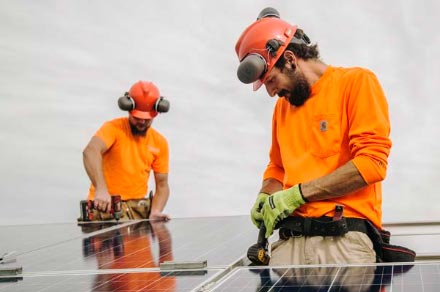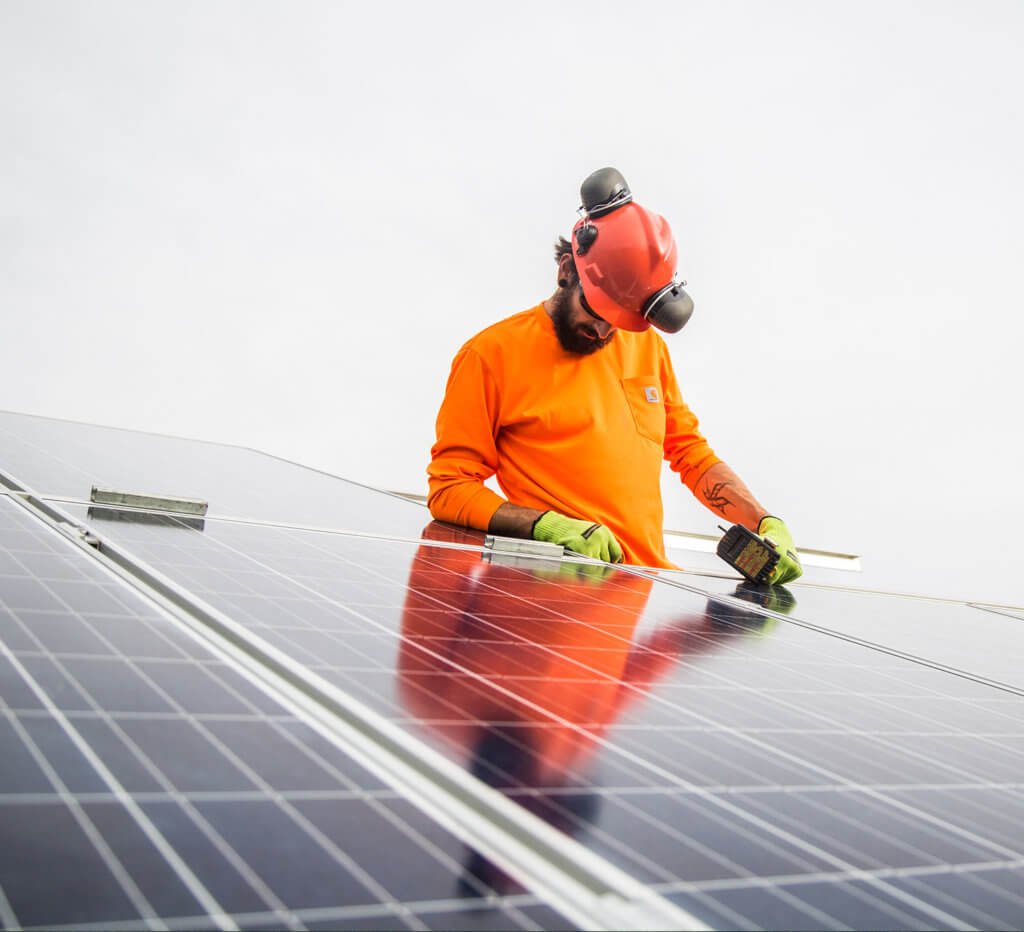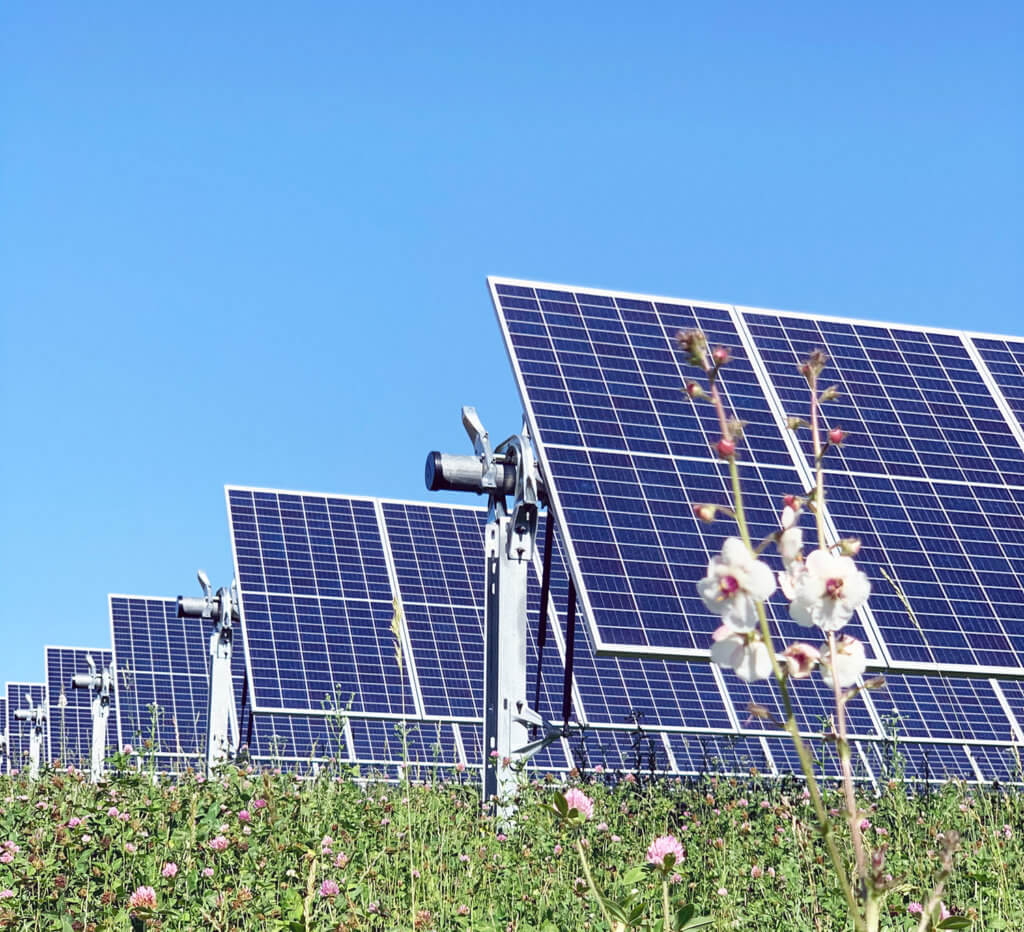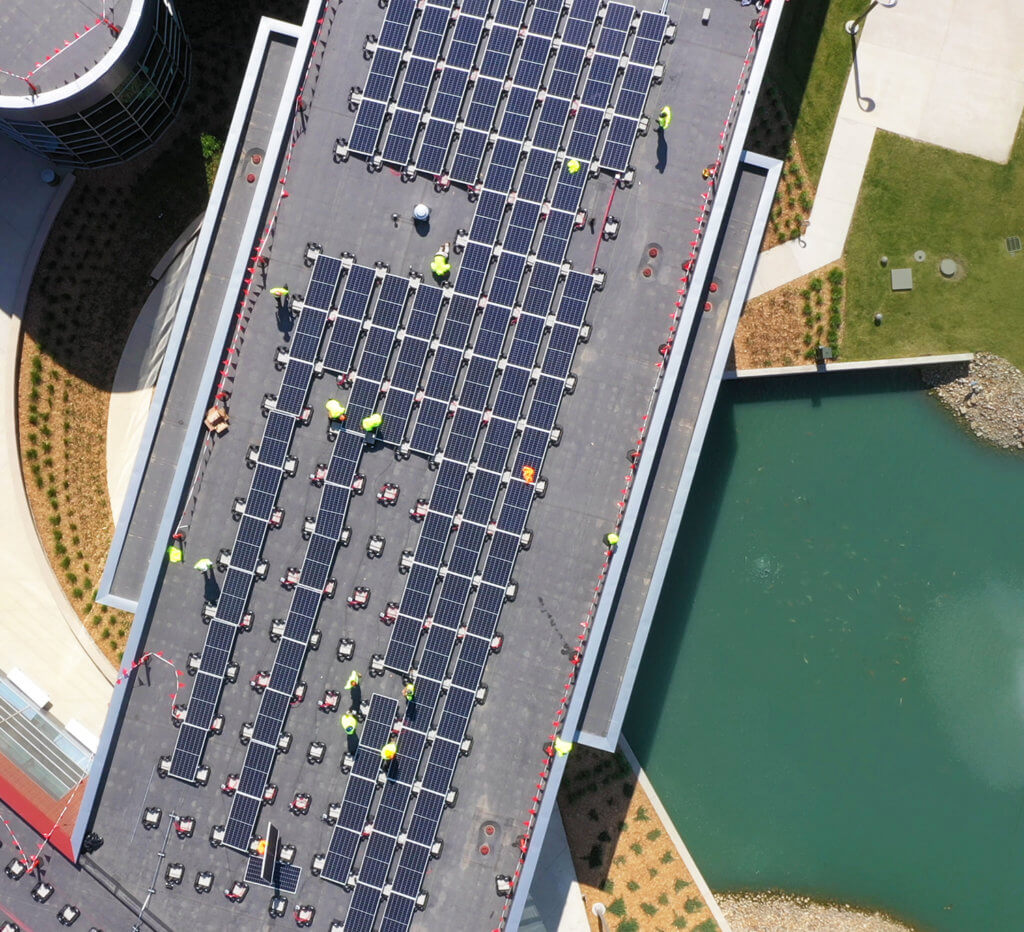Solar installations require a significant investment. It is important to make sure your investment is sound. We’ve put together a three part ‘Guide to Investing in Solar’ to help you make informed decisions about your solar project.
In part two of our ‘Guide to Investing in Solar’ series, we dive into the calculations behind a solar installation bid. We cover some of the key terms you’ll see in your bid, including offset, production, specific yield, degradation factor, and cost of energy escalator. We explain what these terms mean, how they’re calculated, and what the implications are for you in terms of projected savings and ROI.
Calculations: Arriving at Projected Savings and ROI
What offset are you being quoted?
Solar offset is the percentage of your total annual consumption that your solar array generates every year. For example, if you use 16,000 kWh of power every year and your solar production is 12,000 kWh annually, then your system’s offset is 75%.
Offset can be an important calculation for a solar investment – particularly if your organization needs to achieve net-zero (100% offset). However, it is important to note that offset can never be guaranteed by a solar company. Your annual usage is completely out of your solar company’s control. Your solar company can only influence the production part of the equation.
The keys to achieving your desired offset are working with a solar company with a history of making accurate production estimates, and working within your organization to manage your energy usage.
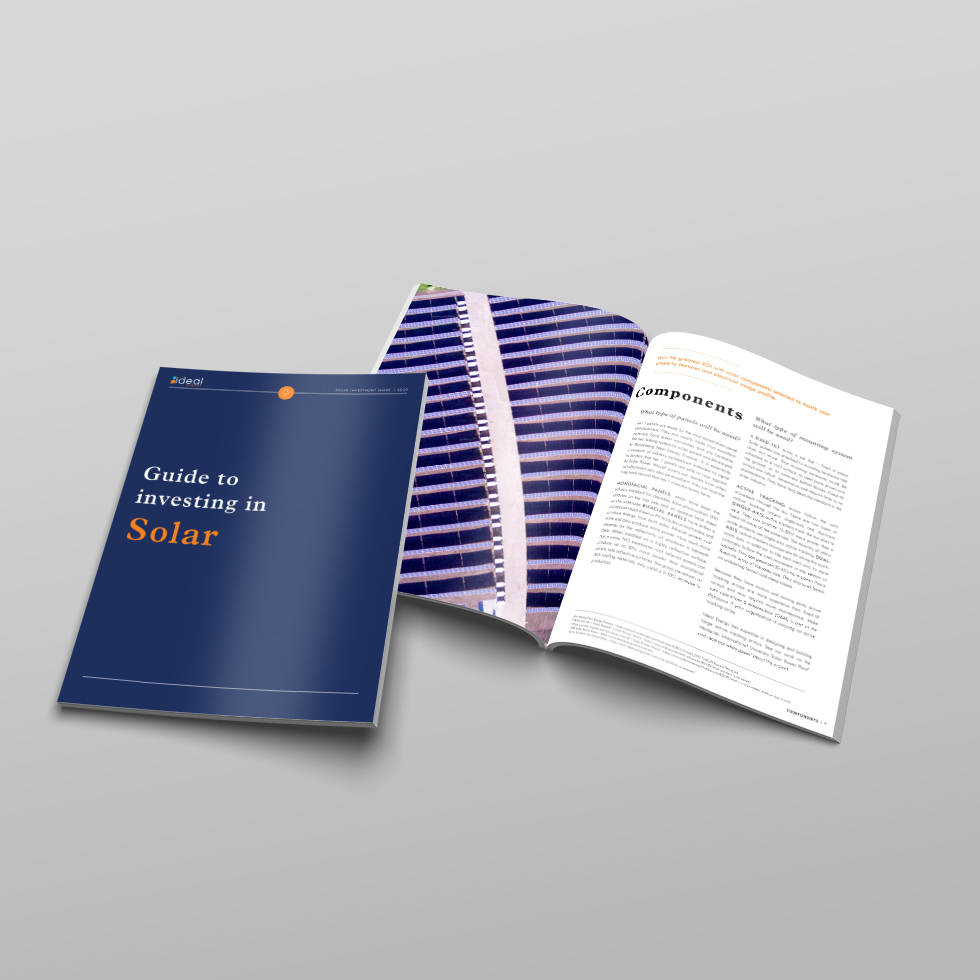
Download the complete Guide to Investing in Solar
How is production calculated? Is production guaranteed?
There are several elements in calculating solar production. There is the nameplate rating of the system, the specific yield, and the degradation rate of solar panels over time. Because several of these elements are themselves estimates, most solar energy companies do not guarantee production in most circumstances (though there are exceptions). A responsible approach to production projections is to make conservative estimates to avoid underproducing.
Underproducing power can be a significant disappointment for a customer. It will negatively impact project financials, including payback and internal rate of return. If your project goals are based on a particular offset, like net-zero, than sustainability certifications, green vendor credentialing, or even your organization’s public credibility could be on the line if your project fails to achieve the required production.
Overproducing is not ideal either, but it is significantly less problematic. Depending on your utility tariff and net-metering agreement you may be required to sell back excess energy at the avoided fuel cost, which is much lower than consumption charges.
Ideal Energy takes a conservative approach. After we calculate our production estimate based on nameplate rating, specific yield, and degradation factor, we reduce that estimate by 5%. This ensures that we under-promise and over-deliver, rather than the opposite. We never want customers to be disappointed by their actual production numbers.
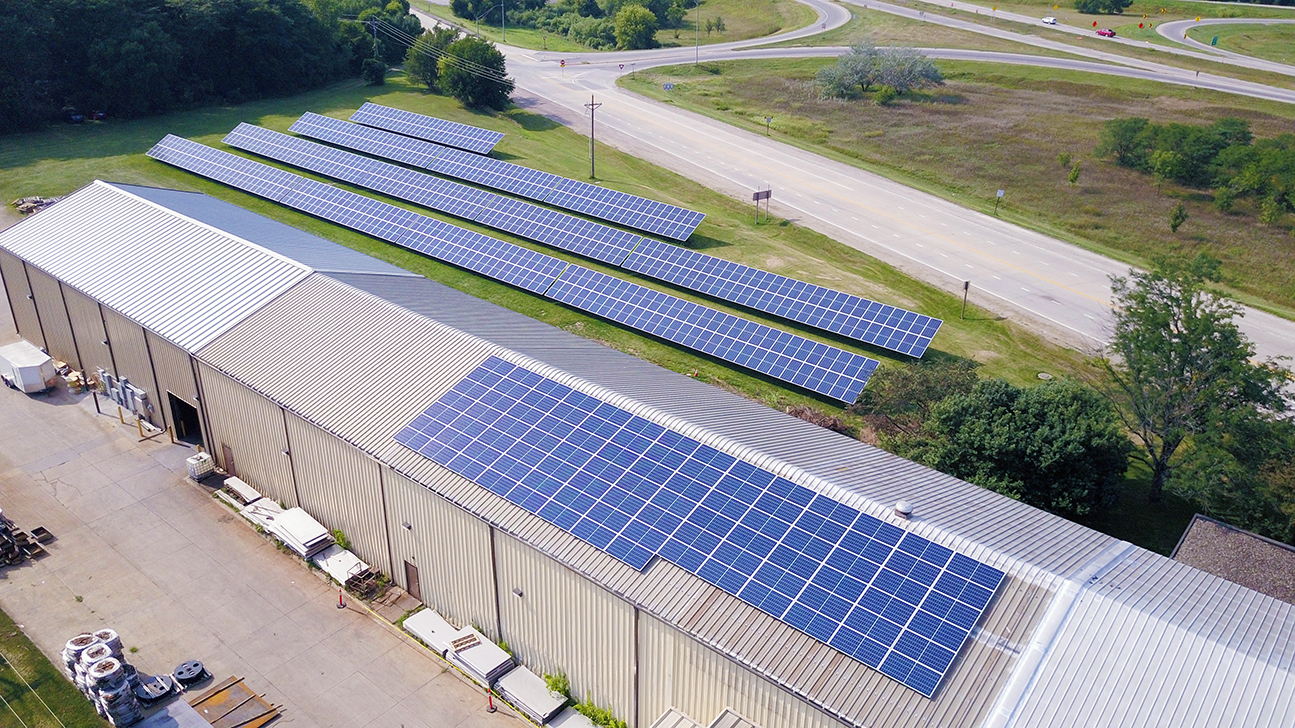
What is annual specific yield?
Specific yield measures the efficiency of a solar installation, or how close its actual energy production is to its potential energy production. It is expressed as the actual production divided by the potential production (kWh/kWp).
Kilowatt-hours (kWh) is a measure of energy production over time. Potential production (kWp) is the electric power rating provided by the panel manufacturer. It is measured under standard test conditions – solar irradiance of 1,000 W/m2, cell temperature of 25° Celsius, wind speed of 1 m/s, and air mass of 1.5. You might also hear kWp referred to as the nameplate rating of your system.
Solar installations do not operate under standard test conditions all the time, of course. They operate in the real world where irradiance, temperature, wind speed, and air mass all fluctuate constantly. Solar companies use various resources to estimate the specific yield at a particular location, like this map produced by the World Bank and its partners. The more precisely your solar company can estimate specific yield in your particular geographic area, the better.
What degradation factor is used?
Solar photovoltaics work best when new. Over time their power output declines. The degradation factor is the rate of power decline over time.PV degradation is the subject of a burgeoning field of scientific inquiry. Researchers are still answering how climate impacts degradation, how best to model the linearity of degradation, and which mean and median values are most realistic for each solar PV technology.
Because solar photovoltaic module technology is constantly evolving, it is difficult to pin down an exact degradation factor for panels installed today. Degradation rates of first, second, and third generation solar technologies are different. Mono-silicon, multi-silicon, thin-film, and more exotic solar photovoltaics all degrade at different rates. Only a few technologies have been around long enough to study their degradation throughout their entire 25 year warranty periods. Many manufacturers are now moving to 30 year warranties on their modules as technology improves.
Two large surveys of scientific papers on the topic were conducted by National Renewable Energy Laboratory researchers Dirk Jordan and Sarah Kurtz in 2012 and 2016. Their 2012 survey found an average degradation rate of 0.8%/year and a median of 0.5%/year. Their 2016 paper, which surveyed 11,000 studies (compared to 2,000 in the 2012 survey) found an average degradation of 0.8-0.9%/year and a median of 0.5–0.6%/year for silicon technologies. Thin-film and exotic PV technologies had degradation rates around 1%/year
.At Ideal Energy we use a 0.5% annual degradation factor. We believe this takes into account scientifically established median values as well as the progress solar module manufacturers have made in recent years.
What cost of energy escalator is being used? 3, 4, or 5 % annually?
The cost of energy escalator is a projection of the increase in energy prices over time. This projection has a large impact on the economics of a solar project. A higher escalator implies a faster payback period, greater energy cost savings, and potentially lower interest payments. Overly optimistic estimates of future savings can result customer disappointment, or even savings that are lower than project costs – a poor investment.
The U.S. Department of Energy (DOE) provides a free calculator, called the Energy Escalation Rate Calculator (EERC), that uses forecasts from the DOE’s Energy Information Administration (EIA). These forecasts are based on utility energy service contracts provided to the DOE by utilities. Not every utility provides service contracts to the DOE, so the EIA’s forecasts should be considered estimates not precise values.
At Ideal Energy, we believe the best practice is to use a conservative escalator. We use 2.5% for projects in the Midwest. This escalator does not inflate the payback from a solar project. In contrast, we have seen competitors using 3, 4, and even 5% escalators. These aggressive escalators set clients up for expectations that are unlikely to be met.
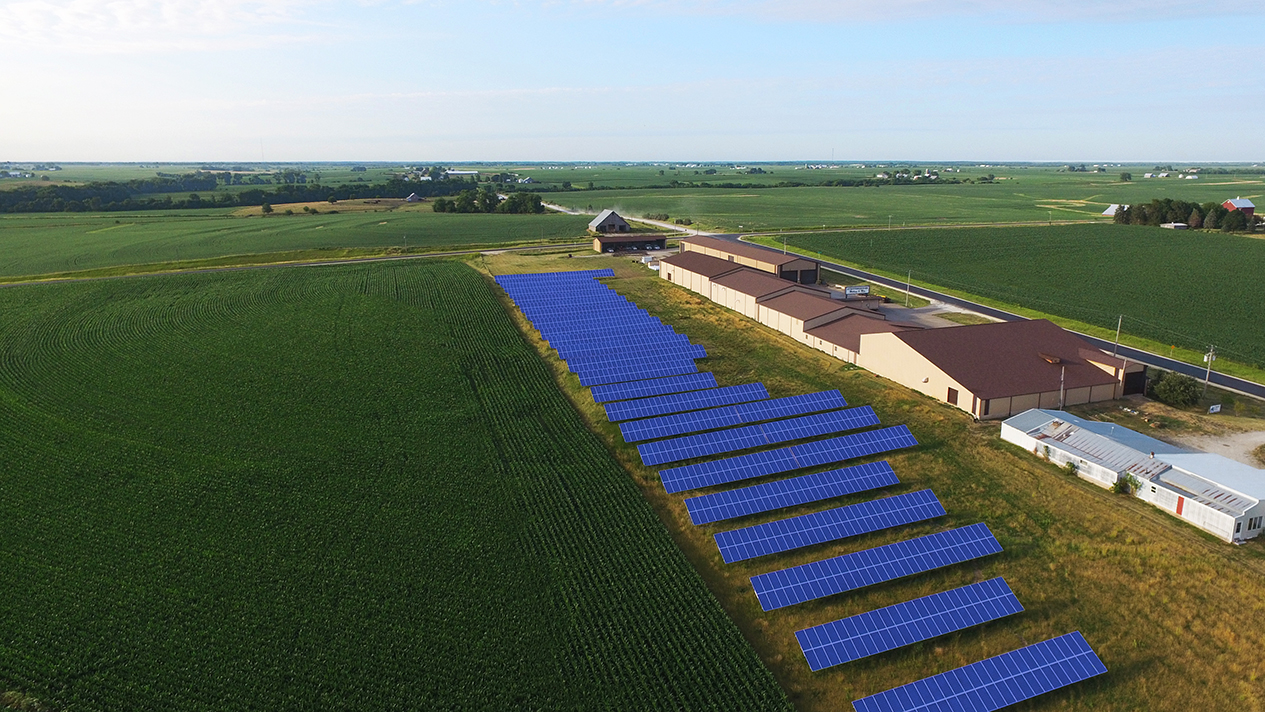
How well does your solar company understand your rate plan?
Your rate plan, or tariff as it is known in the industry, is your agreement with your utility that governs what you pay for electricity. It spells out your consumption charges, meter fee, taxes, as well as any other charges you may be responsible for, such as time of use fees, demand charges, etc. It also sets the parameters around net metering. Some utilities reset net metering credits every month, while others reset them annually. Some utilities, particularly rural electric cooperatives (RECs), do not offer net metering at all. Different utilities and tariffs might impose different offset limits to net metering. Make sure your solar company understands the details of your tariff.
At Ideal Energy we think our deep understanding of utility tariffs is one of the key differentiators of our service. In 2016 our staff identified tariff changes proposed to the Iowa Utilities Board that could have made solar nonviable for most Iowans and crippled the solar industry in Iowa. We worked with several solar energy trade groups, environmental groups, and other solar energy companies on a campaign to lobby against these changes. In the end, we were able to preserve the viability of solar for Iowa residents and businesses.
What is the national average cost per watt?
The National Renewable Energy Laboratory (NREL) gathers data on national and global solar energy trends and publishes that data in quarterly reports. Their most recent report, Q1 2020 Solar Industry Update, shows a national median cost of $2.89 per watt DC (WDC) for residential installations and a median of $0.89/WDC for utility-scale projects. Commercial-scale projects run the gamut in size – and cost – between residential (typically 4-7 kW) and utility-scale (500 kW and up).
These figures are fascinating from a macroeconomic perspective, but of dubious value when trying to figure out whether or not a bid is competitive. Cost per watt varies widely from state to state due to different average system sizes, different incentive packages, and other factors that affect the cost of doing business. The cost per watt of a residential system in California is almost double the cost per watt of a residential system in New York.
In addition, cost per watt figures do not reveal the quality of components used, the quality of the installation work, or what is included in the project fee. Take paperwork, for example. Will your solar company handle all of the permitting, coordinate inspections with your utility, and assist you with your federal solar tax incentive paperwork?
What’s next?
In part three of our ‘Guide to Investing in Solar’ series, we’ll take look at several differentiators between solar energy companies and consider the type of service you will receive for your solar project going forward. Ensuring that your solar installation performs optimally year-round is critical to hitting financial targets.

